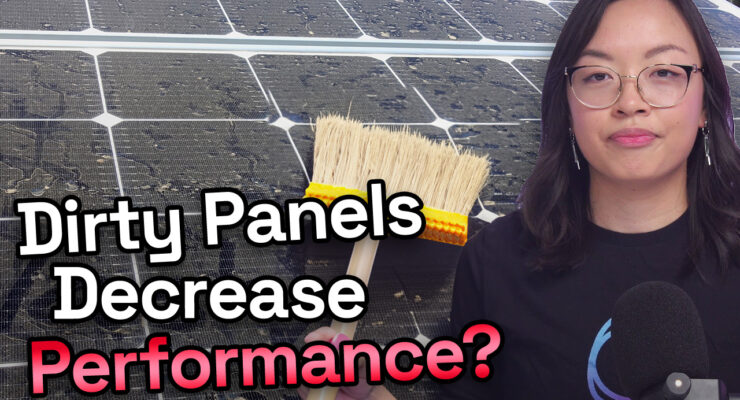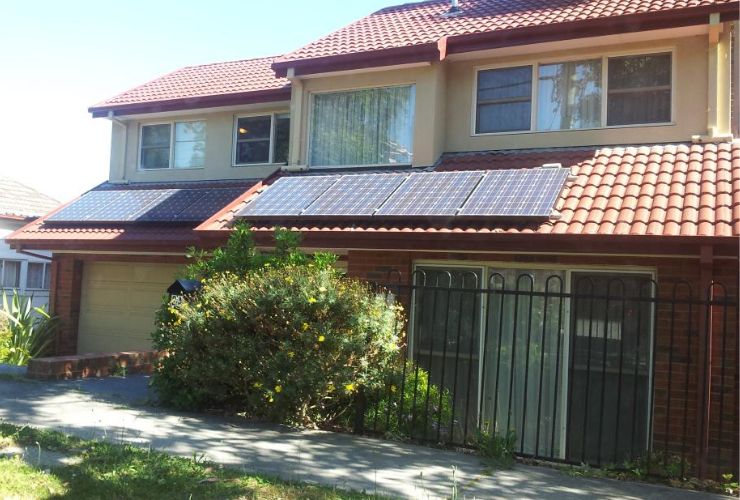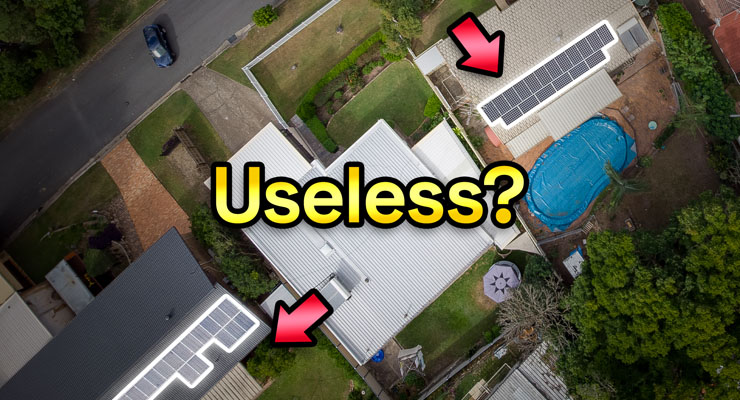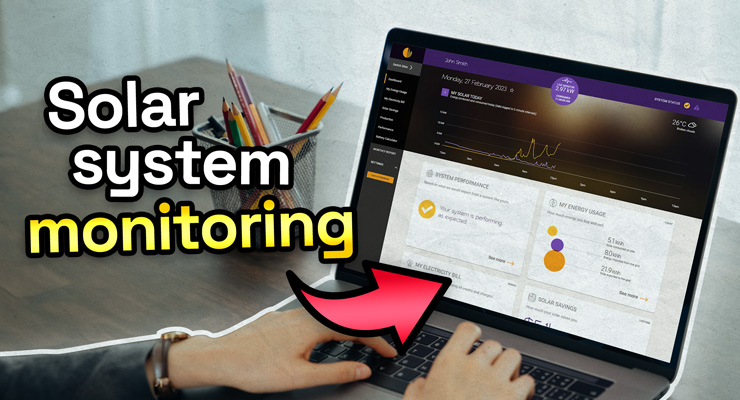
Fast read
A solar panel system's performance and efficiency can be significantly impacted by dirty solar panels. In addition, the system's total ability to produce energy can be affected considerably when a section of the solar array is damaged.
Even if shade that happens outside the peak energy production times, typically from 9 to 3 p.m., it may still have an effect. Shading can reduce the efficiency of a string of solar panels connected to a string inverter. If one panel's output is reduced, it affects the whole array's performance.
To avoid these issues, it is essential to have a thorough site inspection to identify any potential shading obstacles. This includes nearby buildings or trees, and consider using microinverters or power optimisers instead of string inverters. Proper panel placement and regular cleaning can also help reduce the impact of shading and dirty solar panels.
Are dirty solar panels affecting electricity generation and performance?
Regarding efficient energy production from your solar system, dirty solar panels are your biggest enemies and the effect on your system’s overall energy production can be considerable.
In saying this, for shading specifically, if it occurs outside your significant energy production hours. Usually 9 am – 3 pm, the effect is considered less. Nevertheless, the alternative argument is that when your solar output is reduced, you would not want to lose more electricity because of shade.
The main issue with dirty solar panels arises when your solar energy system includes a string inverter. String inverters, as the name suggests, will see several solar panels. Typically 6 to 12 in a residential system are all connected in one string and then enter the string inverter via the MPPT.
In this technology, the output of one panel is reduced because of debris or shade. The overall efficiency of the whole array is affected as the panels need to all run on the same voltage. One of the main ways to avoid this problem is to split your collection into multiple strings or have microinverters or optimisers on each panel instead.
Shading and Dirty Solar Panels
Since shading and dirt are prominent threats to your solar system’s energy production, they become vital to the design process. This means one will work hard to avoid them. For example, if one has a large enough roof to put the panels on various aspects. One would choose the roof location less likely affected by shade.

Your solar installer will visit the site to check for shading caused by nearby buildings or trees. Shading can have a negative impact on the solar panel performance. Ensuring that there is minimal shading is important to maximise the efficiency of your solar system. The installer will assess the site to determine the best placement for your solar panels.
Regarding trees, it’s not just the current status quo but also the likely situation in 5 or 10 years. For example, a small palm tree might have matured.
Below we have listed the different types of shading that can occur on a solar panel, including shade because of dirty solar panels.
- Temporary shading – this is the shading that is caused by dirty solar panels, bird droppings, or fallen leaves, which can be removed via solar panel cleaning or heavy rain;
- Self-shading – this can be caused by the tilt of your panels on a flat roof. Where one decided to install a tilted panel set, which is not well designed, and the front row of tilted panels overshadows the row behind;
- Shading via the location – this is the shading caused by the panels’ location. For example, the shade could come from a nearby antenna, trees, satellite dish, ventilation pipe, or chimney.
How to avoid shading and dirt ?
Several ways exist to avoid dirty solar panels and ensure that your system produces the most renewable energy output possible.
Firstly, hire a local quality installer who values your outcome. Not a fast and furious solar sales company that will try to catch you on price alone.
A sound installation company will be able to assess your shading risk. This means they can design the most efficient solar system considering your surrounding environment if solar mapping is considered. As a result, the effects of solar shading can be reduced dramatically.
Secondly, when shading issues are likely, you should consider installing microinverters or optimiser technology. This can solve the problem of shading. When string inverters are used, shading can affect the production of a whole solar array; however, microinverters or power optimisers are used. Then, shading affects just the panels being shaded while the ones sitting in the sun power away as usual.


